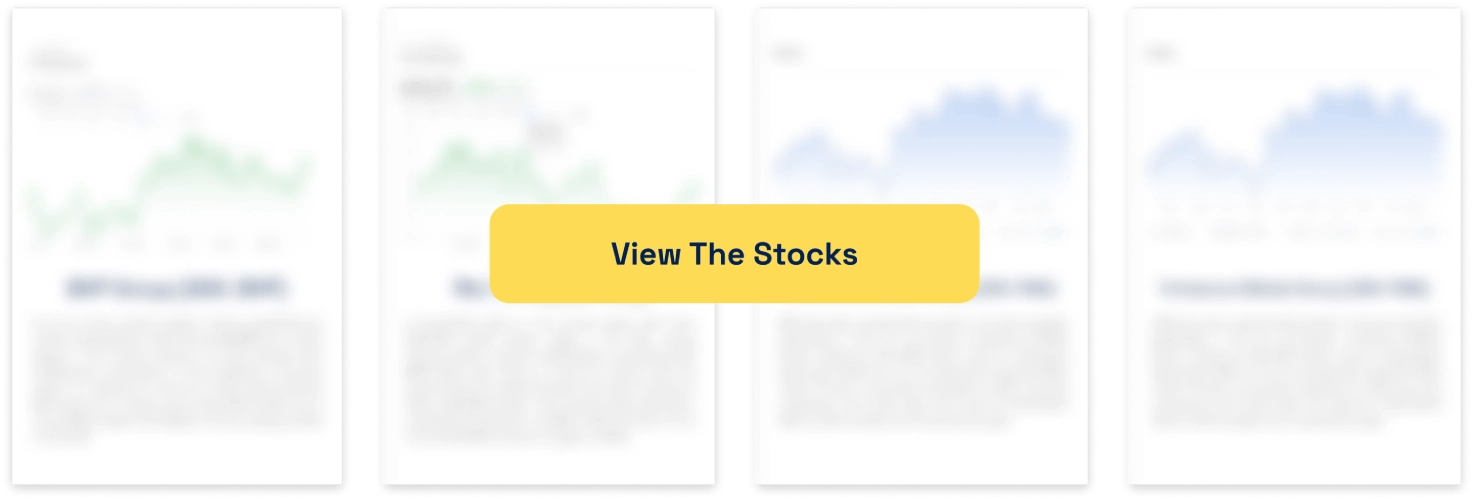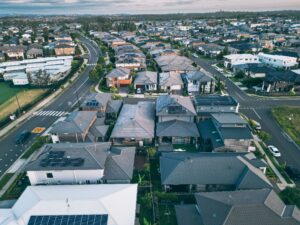When Will the RBA Cut Rates Again? Expert Predictions and Market Analysis

When Will the RBA Cut Rates Again? That’s the question everyone is asking, and the answer seems to be at some point later this year. Earlier this week Reserve Bank of Australia (RBA) reduced the cash rate by 25 basis points to 4.10%. This marked the first rate cut since November 2020 and ended 15 months of the cash rate being at a 13-year high of 4.35%, with the last rate increase coming in November 2023.
The market is now closely observing whether the RBA plans further rate reductions. The economic environment is evolving with inflation rates slowing and employment numbers exceeding projections. There was a case to leave rates on hold just as strong as a case to reduce rates, but the board opted for the latter.
Current Economic Landscape
As of February 20, 2025, Australia’s economic indicators are mixed. Inflation is within the RBA’s target range, and the labour market remains resilient.
Inflation Trends
The Australian Consumer Price Index (CPI) rose by 0.2% in the December 2024 quarter, down from a 0.5% increase in the September 2024 quarter, resulting in an annual CPI rate of 2.4% for the December quarter. This is the first time since March 2021 that inflation has fallen within the RBA’s target band of 2-3%. Government energy subsidies have temporarily moderated inflation, but underlying price pressures remain above the target range.
Labour Market Dynamics
The labour market remains resilient, with growth exceeding expectations. The unemployment rate stood at 4.0% in December 2024. The number of employed persons increased by 56,000 in December 2024, bringing the total to 14,573,800. The labour force participation rate reached a record high of 67.1%, indicating a strong and active workforce.
Economic Outlook
Despite positive employment figures, the RBA continues to face challenges in achieving its inflation target due to a robust labour market. The strength of the job market, coupled with rising consumer spending, could exert upward pressure on inflation, complicating efforts to control it. Wage growth remains a contributor to inflation, as the economy continues to experience strong labour market conditions.
Core inflation, though moderating slightly, continues to exceed the target range, reflecting persistent price pressures. This makes it clear that the RBA’s path to controlling inflation will require further careful action.
Expert Predictions on Potential Rate Cuts
The timeline for the next rate cut varies among economists. Some predict a reduction as early as the next board meeting in April 2025, while others anticipate no more cuts for the rest of the year.
The RBA’s own predictions predict another 90 points (0.9%) of reductions by early 2026. Many would welcome that, but that says nothing as to just when that would occur. The statement of monetary policy predicts two rate cuts at some points in 2025 and one in early 2026.
This will all depend on this week’s rate cut not having too much of an inflationary impact.
Market Implications of the RBA’s Recent Rate Cut
Currency Markets
When central banks lower interest rates, the Australian dollar typically depreciates, as investors seek higher returns on assets outside the country. Changes in foreign investment returns and the performance of Australian exports become significant when the exchange rate weakens. Current market assessments indicate that the Australian dollar had already started to show volatility before the RBA’s rate-cut decision.
Equity Markets
Rate cuts can positively affect sectors like real estate and finance through heightened market movement. A reduction in interest rates helps provide better financial stability for mortgage holders, which in turn positively impacts housing market performance. Market responses to rate cuts can be mixed in the short term, with the Australian share market seeing slight pullbacks in some sectors, especially in banking and mining, after the initial rate reduction.
Fixed-Income Investments
Central bank rate cuts lead to lower bond yields, as reduced borrowing costs attract more investors seeking higher yields on fixed-income securities. The decrease in yields has a direct impact on returns from such investments. The broader effects of the RBA’s rate decision are felt across the property market, the value of the Australian dollar, and fixed-income investment performance.
Ending Note On the Question: When Will the RBA Cut Rates Again?
Given the current economic metrics, a further reduction in interest rates is likely in the near future. Expert predictions point to further cuts in 2025, although the RBA will remain cautious in its approach and may not until the 2nd half of the year. Maintaining inflation within the target range while supporting the strong labour market will continue to be the RBA’s primary challenge.
Investors should stay informed about these economic shifts, as changes in monetary policy and interest rates can have significant implications for currency values, equities, and fixed-income securities.
What are the Best ASX Stocks to invest in right now?
Check our buy/sell tips.

Blog Categories
Get Our Top 5 ASX Stocks for FY26
Recent Posts
Diversifying Portfolios with ASX Consumer Stocks: Opportunities and Risks
The ASX 200 has delivered significant volatility recently, and market participants observing the screens in 2025 understand the turbulence firsthand.…
Is Lendlease (ASX:LLC) out of the doldrums for good?
Lendlease (ASX:LLC) has for the past several years been the classic definition of a ‘value trap’. You think a good…
Here are the 2 most important stock market taxes that investors need to be aware on
As one of two certainties in life, investors need to be aware of stock market taxes. Investors may be liable…


